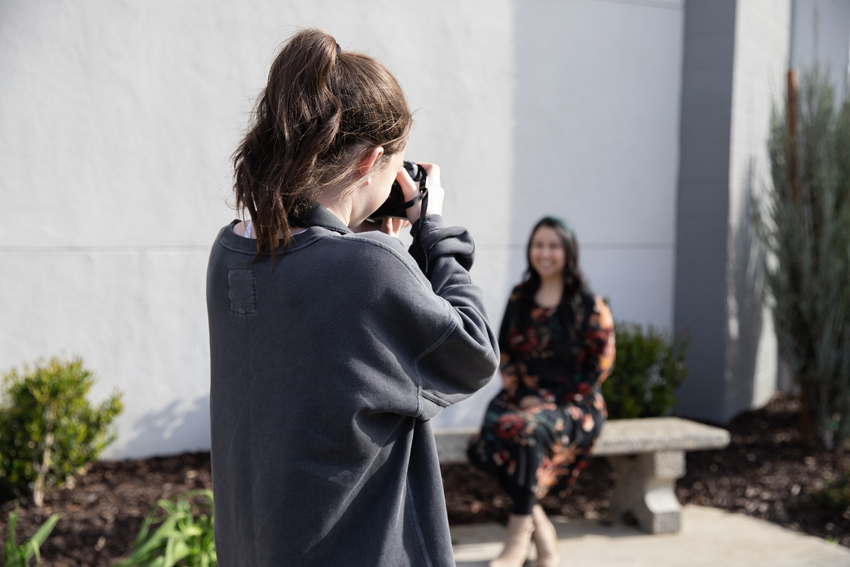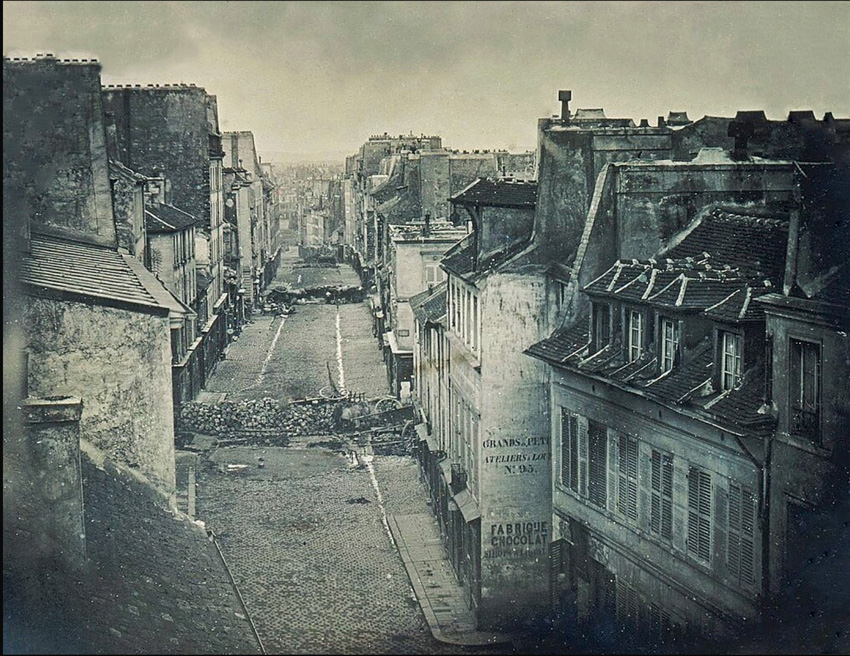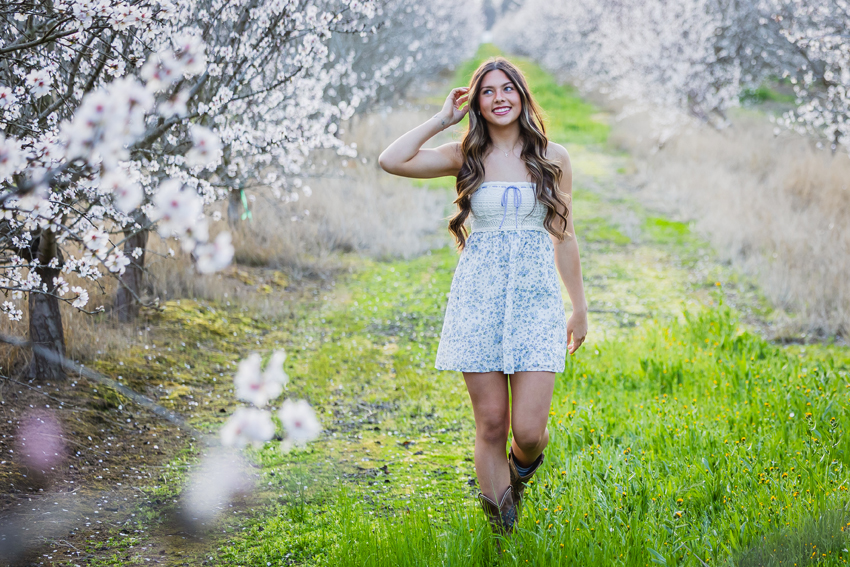The Feather Online participated in Scholastic Journalism week, which promoted this year’s theme, “Here to stay,” Feb. 19-23. This theme sparked a curiosity in to the historic significance of the role of photojournalist.
The adage says, “A picture is worth a thousand words.” As the demands of our world continue to change, the need for photojournalism will never fade. It’s “Here to stay.” As our society and technology evolves, so does photojournalism. Even with the rise of social media, photojournalism continues to reach a wider audience with the goal of producing direct, truthful and bold images that tell a greater story through photos, than words could ever describe.
As a photojournalist, I considered what that means in regards to photography, where it started and how it has changed. Writing remains a timeless skill that over the centuries has not changed much besides the obvious methods of mass production and writing tools, however photography and story telling behind a lens has made drastic advances.
The first photograph attributed to photojournalism was the Barricades in Rue Saint-Maur-Popincourt in 1848, documenting the June Uprising in Paris. In the years ahead, photography was used first by the British to portray the war in a positive way staging photos of people and the landscape. However, in the American Civil War, photographers like Matthew B. Brady allowed the general population to witness the reality of warfare. Brady, a risk-taking photographer, stepped out onto the battle field during the Civil War in order to photograph the battle fields, camps, towns, and people involved in the Civil War. Thanks to Brady, the Civil War became the most photographed historic event in the 19th century.
Gallery below is a collection of historical photographs from famous photojournalists.
In 1890, flash photography was invented in order to allow photojournalists to portray everyday life not just outdoors but inside buildings too. From the Great Depression to the Second World War, frontline photographers like, Robert Capa, captured everything from rural life to the landing on Omaha beach.
On June 6, 1944, troops from United States, United Kingdom, Canada, and other countries made an alliance and invaded the beaches of Normandy (northern France) in hopes to free north-west Europe and save them from Nazi occupation. As the invasion took place, Capa was their on assignment from LIFE magazine to capture one of the largest invasion of military history. When Capa came back to life magazine lab, there was a malfunction and several roles of film were destroyed and only 11, known as the “miracle 11,” photos of D-Day survived.
As film and television grew in popularity, photojournalism’s reach and profit started to decline. Today, photojournalists still risk their lives to share their side of the story but their role is no longer to merely inform the public, but to tell a story that is more powerful than any other form of journalism.
As technology continues to evolve, so does photojournalism. The evolution of cameras and the way they seamlessly connect to computers while editing software has sped up the process of publishing photos to the public. Back then, getting photos off your camera took lots of money because of the cost of film and time in a newspaper’s darkroom. Now, it only takes seconds for images to be delivered directly to your device, which allows the production of photos taken to be increasingly faster. Social media has also been a monumental role, inspiring photojournalists with minimal equipment and expertise to capture a high quantity of photos and publish them faster than ever before.
With the newest programs, like AI and Photoshop, it is very easy to create a whole new image by only pressing a few buttons on your phone. However, even with all these new advances the ethics of photojournalism has not changed and continues to promote the beauty of natural photography.
As scholastic journalism week comes to an end, we reflect on what the theme, “Here to stay,” really means. Looking into the future, photojournalism will continue to shape the way we view the world. Even though our world is constantly changing, photojournalism is “Here to stay” and will continue to inform the world through photographs.
Being a first year photojournalist, I have learned a lot in a short amount of time. Researching how photojournalism has evolved has helped me realize the timeline of photography and how many technological tools we have, yet the ethics of photojournalism has stayed the same. Even though I am still new to the world of photojournalism, I have been able to experience amazing things and capture memories and special moments through a camera.
For more photos, visit The Feather Media page.
For more articles, visit Lunar New Year sparks celebrations or Middle school chapel launches small groups.








